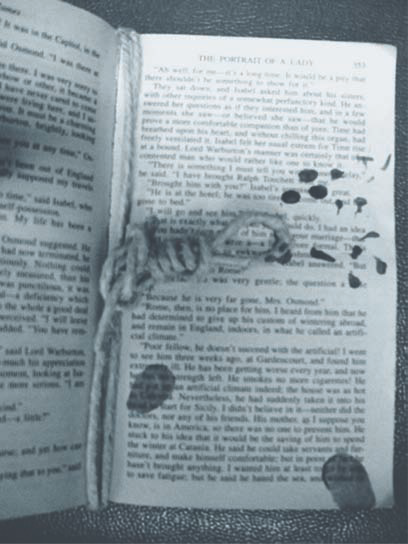Review Part II: Pedagogical Choices
Contributing authors (by chapter)
6. Nathaniel I. Córdova
7. Donna Reiss and Art Young
8. Penny Kinnear
9. Julia Rombeger
The Point
Section two focuses on defining multimodal literacy and how it is incorporated within a university writing program. Students demonstrate multimodal literacy through the circulation of multimodal entities such as sharing and commenting on videos, converging data (visual, audio, and textual entities woven together), and articulating multimodal messages (152-54). 21st century students already exhibit multimodal literacy through their use of social media outlets such as YouTube and Facebook. However, both students and professors express a lack of confidence in, and merit with, incorporating digital databases such as Wikipedia and social media in scholarly work. Academics have traditionally praised purely textual modality (print) and criticize or even ostracize the use of the aforementioned digital platforms within student work. Students, then, inherit the beliefs of their instructors regarding the lack of credibility of digital databases possess (anonymously submitted content). Notwithstanding, digital communication through social media and digital databases continues to expand its user base and can become the entry point of research for students. With more people using these databases, the developers of these systems create new protocols to establish credibility, often involving users “upvoting” or establishing worth or merit to digital content. This digital merit stands at odds with offline, academic credibility, a conflict that should not blacklist digital media, but embrace it as an area of scholarly research.
The Good
Nathaniel Córdova adequately defines the aspects of multimodal literacy and how it is translates within the classroom for readers. These relations (fragmentation, articulation, circulation, convergence, and interface) become the topic of discussion, in some form, throughout the remaining chapters within section two. Chapter seven is meant to encourage writing teachers to incorporate multimodal projects within their courses and the following two chapters compliment the discussion by further. Chapters eight and nine submit and argue against the different resistances multimodal, student projects face experienced by both students and teachers. Section two illustrates the specific issues related to multimodal literacy within academia and challenges readers to consider contemporary use of multimodality as a key tool for academic investigation of the evolution of literacy.
The Bad
In contrast to initial praising of Córdova’s chapter, reading his and the following chapter (chapter seven) is an arduous endeavor. There is a spike in reading difficulty when transitioning from Bump’s chapter to these two chapters. Both chapters introduce an array of verbiage that requires much more concentration (and referencing) than the remaining chapters. With both chapters making up the first half of section two, readers may be put off from the remaining chapters. To Córdova’s credit, he puts forth one of the most useful examinations of multimodal literacy in Literacies. Unfortunately, the remaining chapters fail to follow his act. Each chapter following Córdova’s establish a different thread to multimodal literacy poorly communicating with the other chapters within this section. Each chapter is useful in its own right, expanding the discourse in directions that will inform readers of the discussions occurring in university writing programs. The theme for the chapters seven through nine is “multimodality is cool and academics who do not see the value in it are wrong.” The theme is not the issue. It is how the theme is adequately established and explained within the first two chapters of this section with the remaining chapters adding little to the discussion. Lastly, this section incorporates the fewest visuals, a choice that works against the authors trying to promote multimodal communication.
Chapter Recommendations
Chapter 6: Invention, Ethos, New Media in the Rhetoric Classroom: The Storyboard as Exemplary Genre
Chapter 8: Writing, Visualizing, and Research Reports.
